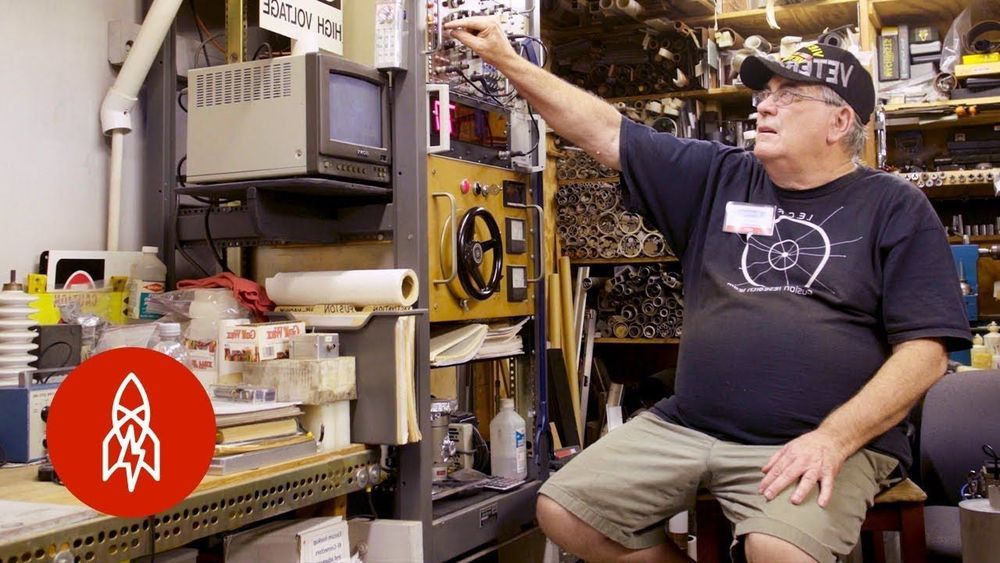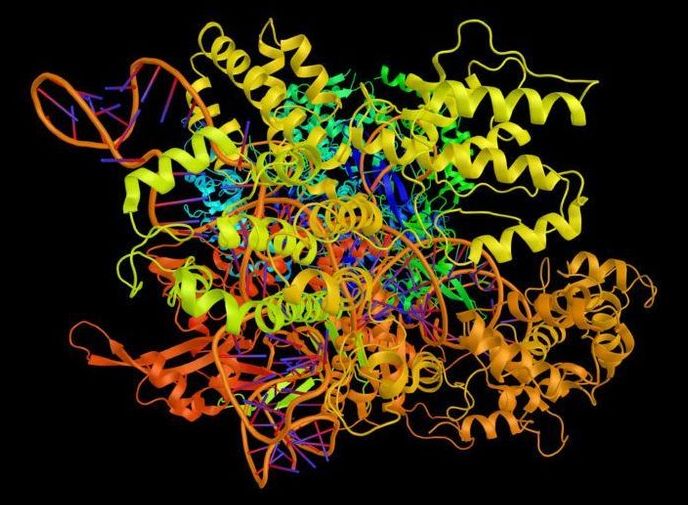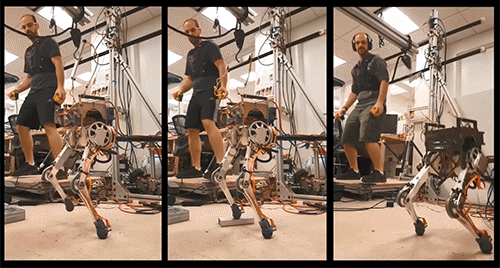Nov 7, 2019
This Amateur Physicist Built a Fusion Reactor in His Backyard
Posted by Quinn Sena in categories: innovation, nuclear energy
face_with_colon_three
There’s no telling what you can do when you put your mind to it. Take Richard Hull, he built a small-scale fusion reactor—in a shed, in his backyard. A retired electronics engineer, Hull took a special interest in nuclear fusion. He lives in Lakeside, Virginia, with his cats and likes to pass on his knowledge and collaborate with others on projects. So he invites amateur scientists from all over the United States to meet at his home once a year to check out his reactor and share their inventions.
Continue reading “This Amateur Physicist Built a Fusion Reactor in His Backyard” »






 Natasha is an author, humanitarian, and innovator whose work focuses on longevity and regenerative generations. As a motivational speaker, she focuses on causes and solutions while fostering meaningful acknowledgement of the works of other people who have aspired to identify human potential. She is called “An early adopter of revolutionary changes” (Wired, 2000) and “Advocates the ethical use of technology to expand human capacities” (Politico, 2017).
Natasha is an author, humanitarian, and innovator whose work focuses on longevity and regenerative generations. As a motivational speaker, she focuses on causes and solutions while fostering meaningful acknowledgement of the works of other people who have aspired to identify human potential. She is called “An early adopter of revolutionary changes” (Wired, 2000) and “Advocates the ethical use of technology to expand human capacities” (Politico, 2017).











